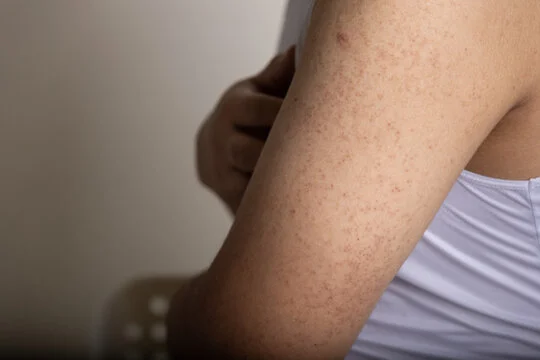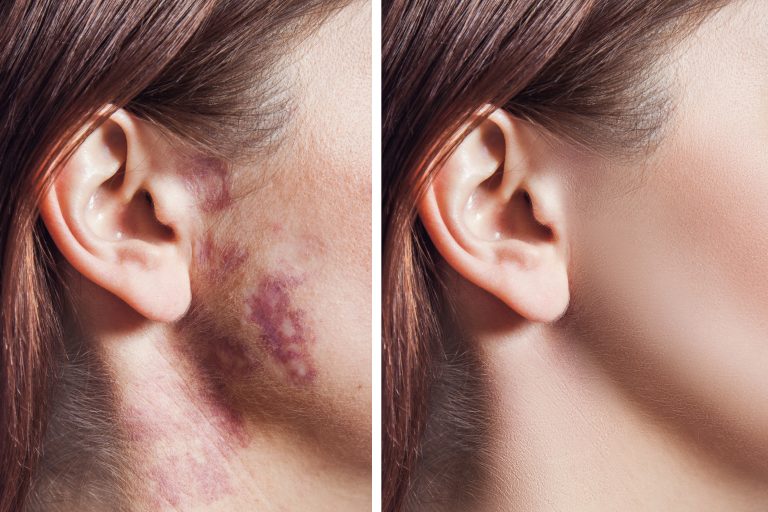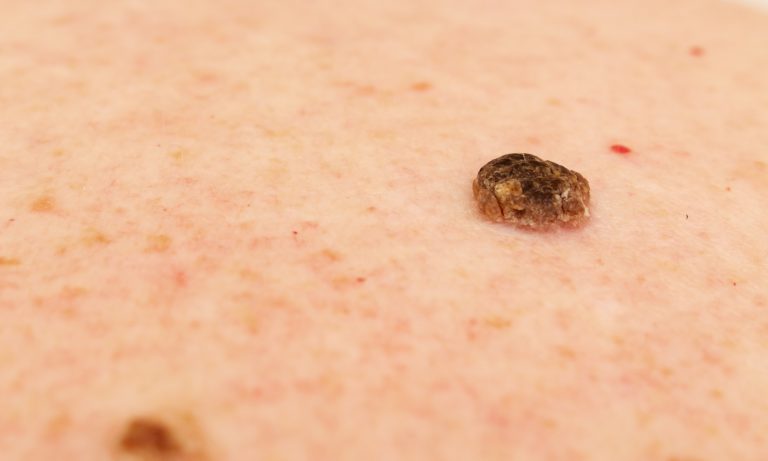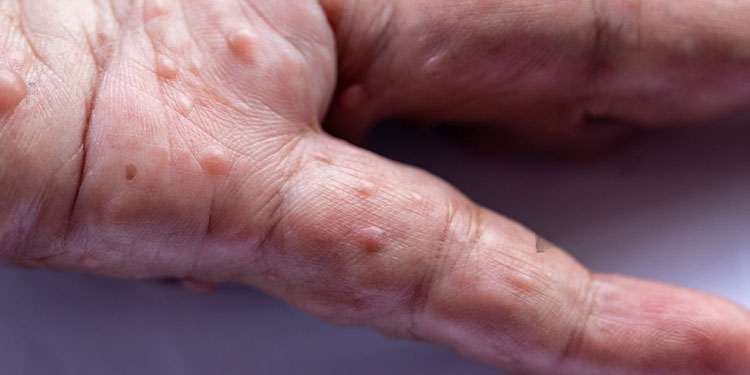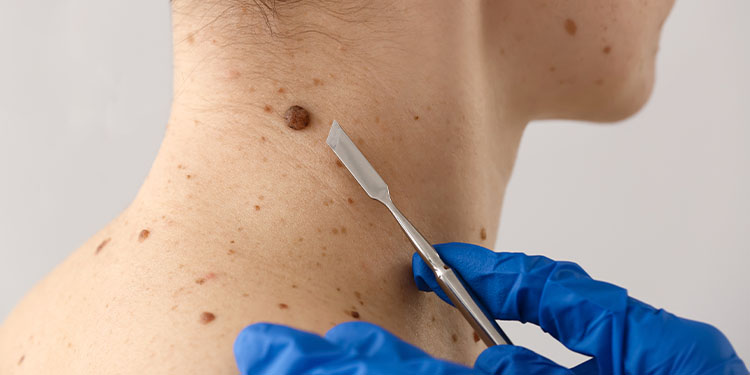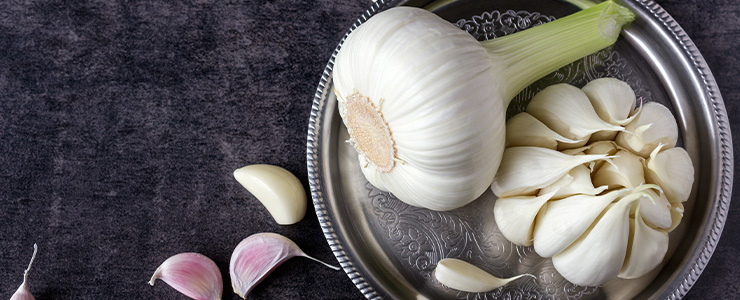What is elimination diet?
Around 20% of the world population has allergies of some sort, resulting in a wide range of symptoms including skin rashes, itching and redness. A person develops skin allergy because of heredity or environmental and immunological factors.
A substance that triggers allergic reactions is called allergen and the most common allergens include drugs, animal dander, food, dust, mould and insect venom. [1] It is very common for anyone, especially children to develop allergies to some food items resulting in allergic reactions on the skin. An elimination diet is a simple procedure to identify foods that a person might be allergic to. Based on symptoms, a list of all the suspected foods is prepared. The aim is to remove all the suspected foods from the diet of the person and introduce one food at a time back to back to isolate the allergen food.
Does it help?
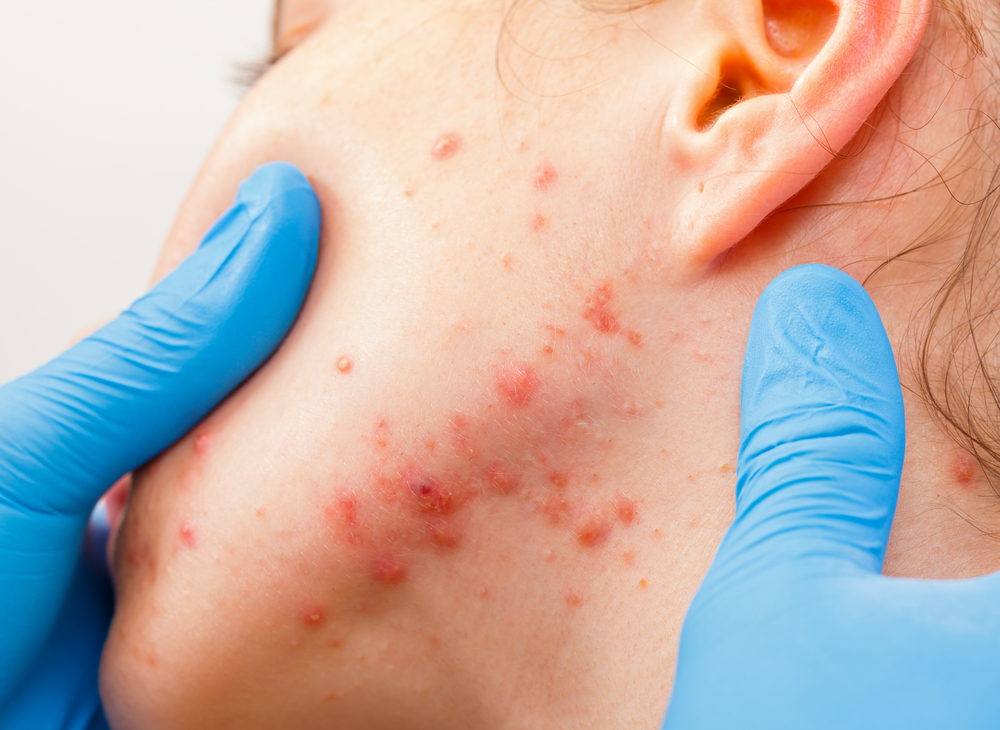
A simple elimination diet for skin allergies
The most common allergen foods include gluten and casein. Gluten is protein from wheat and related grains, and casein protein is most commonly found in milk. So any elimination diet for skin allergies should start with wheat (and related grains) and milk. Other common allergen foods include eggs, fish, crustacean shellfish, tree nuts, peanuts, and soybeans.
Remove all of these foods from the diet for at least 10-15 days. If there is no reappearance of the skin allergies, it should confirm that the initial symptoms were because of the suspected food(s). Now start adding a food one at a time after a period of 2 weeks and monitor the symptoms. If you notice skin allergies reappear after a particular food item is added back to the diet, you can try removing it again and adding it back again to confirm. Once you have isolated the culprit foods, you can completely remove them from the diet.



